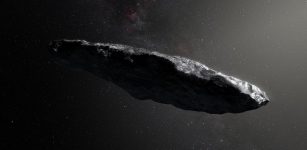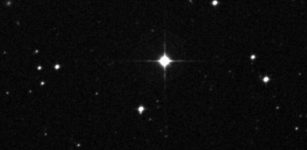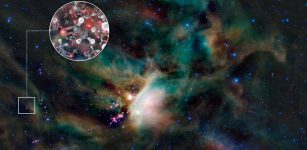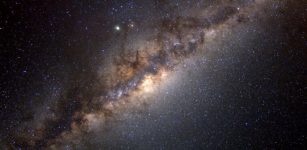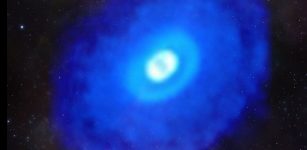Auroras On Alien Worlds Can Be Stunningly Beautiful
First version of this article was originally published on January 16, 2012
MessageToEagle.com – Auroras on Earth are stunning to watch, but have you ever wondered what they might look like on other planets?
We took a journey to some alien worlds to find out what auroras look like there.
There is no doubt that extraterrestrial auroras can be very beautiful on other places in the Universe, and sometimes this light show can be very unique.
On Earth, an aurora is created when atoms in solar plasma interacts with atoms in Earth’s upper atmosphere.
In our solar system, there are many bodies that generate a substantial magnetic field. So you could see an aurora on Mercury, Earth, Jupiter, Saturn, Uranus, and Neptune, but it would not be possible on Venus, the Earth’s moon, comets, and asteroids.
Aurora on Saturn
In 2010, the Cassini spacecraft observed Saturn’s radio aurora. It turned out that there were some similarities and some contrasts between the radio auroral emissions generated at Saturn and those at Earth.
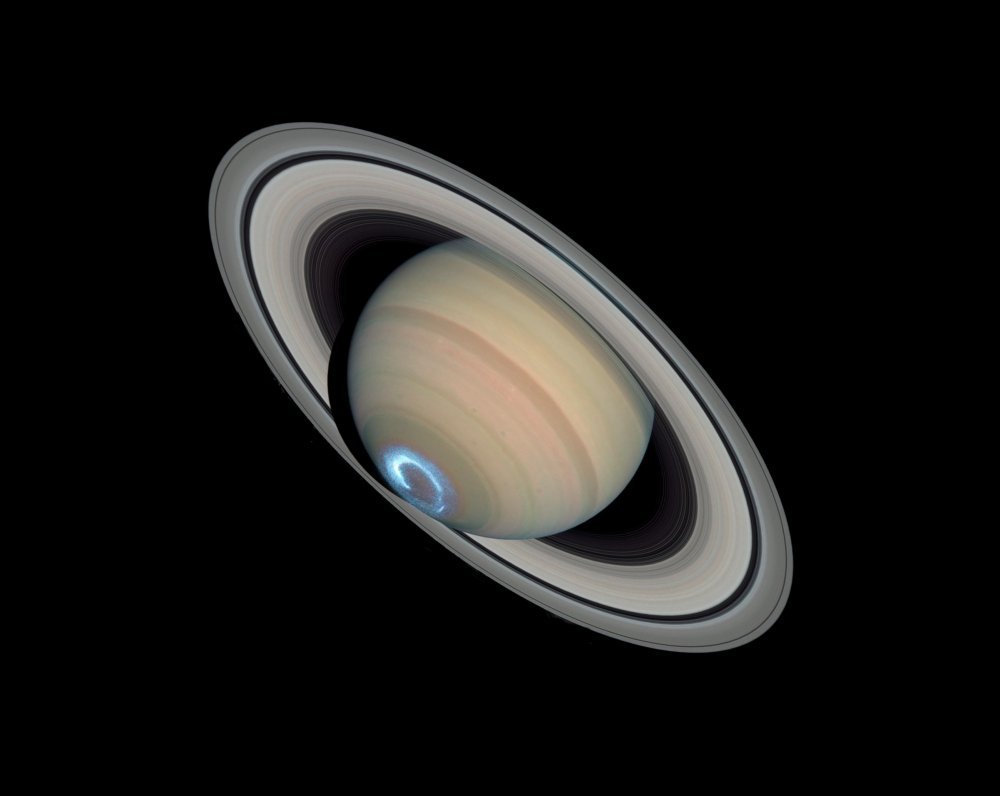
Earth has also radio auroral emissions and results showed that the process that generates radio aurora appears to be the same at both planets.
Interestingly, there are two minor differences between the aurora at Earth and Saturn.
At Earth, there is a cavity in the plasma above the auroral oval that rises for several thousand kilometres.
Observations showed that this is not seen at Saturn.
Secondly, radio sources were crossed at much further distances from the planet.
Cassini detected not only unusually strong electric currents, but it also provided scientists with evidence of an active aurora.
“We think that the unusual conditions responsible for these intense electric currents might have been triggered by a solar wind compression squeezing Saturn’s magnetic field and producing the observed auroras,” said Emma Bunce, a team member from the University of Leicester in the UK.
Blue aurora on Jupiter
On Jupiter an aurora is blue in color.
This wonderful image was taken by Hubble Space Telescope and shows a close-up view of an electric-blue aurora that is eerily glowing one half billion miles away on the giant planet Jupiter.
This wonderful image was taken by Hubble Space Telescope and shows a close-up view of an electric-blue aurora that is eerily glowing one half billion miles away on the giant planet Jupiter.
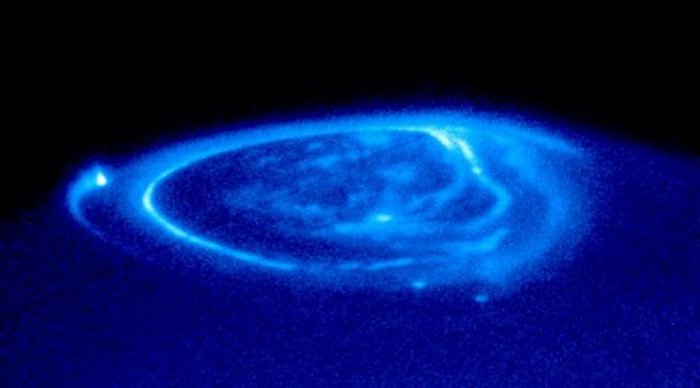
Though the aurora resembles the same phenomenon that crowns Earth’s polar regions, the Hubble image shows unique emissions from the magnetic “footprints” of three of Jupiter’s largest moons.
Auroral footprints can be seen in this image from Io (along the lefthand limb), Ganymede (near the center), and Europa (just below and to the right of Ganymede’s auroral footprint). These emissions, produced by electric currents generated by the satellites, flow along Jupiter’s magnetic field, bouncing in and out of the upper atmosphere. They are unlike anything seen on Earth.
To see an aurora on Jupiter is not a unique event. Jupiter has a permanent ring of auroral light surrounding each of its poles. it has long been believed that the light originates from Io, but new research suggest the Sun also plays a vital role in creating the lights.
Io can control Jupiter’s auroras over long timescales, but “this does not rule out contributions from the solar wind,” says Margaret Kivelson of the University of California, Los Angeles. Although a lot is known about the blue light, there are still some mysteries to be solved. Scientists must attempt to find out how the charged particles are accelerated along Jupiter’s magnetic field lines. This can hopefully be accomplished when Juno spacecraft reaches Jupiter in 2016.
Aurora on Uranus
The most remarkable magnetosphere in the solar system was found by Voyager 2 in its encounter with Uranus.
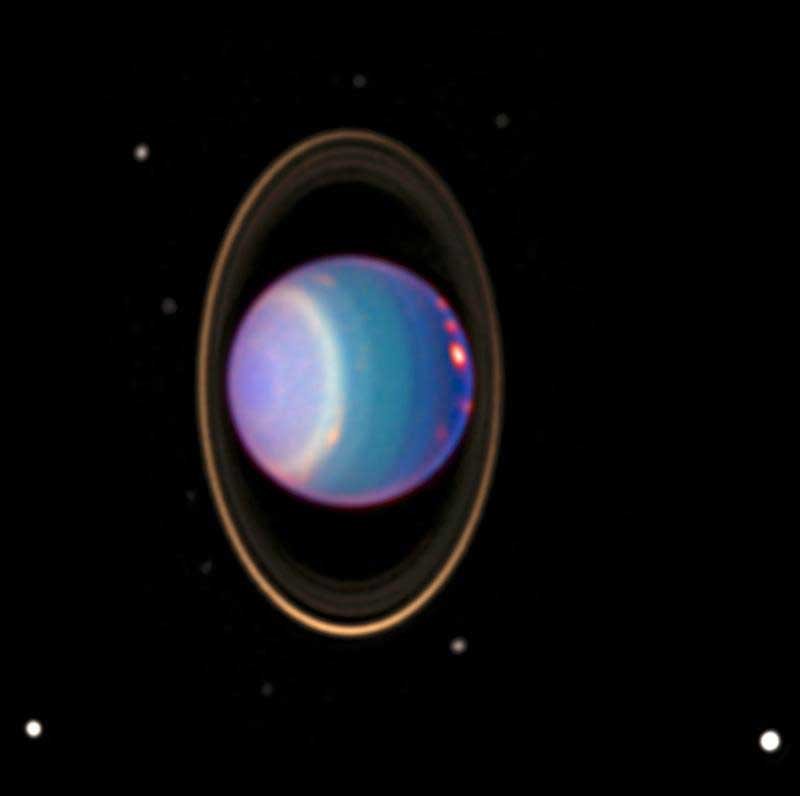
This aurora was found at the feet of magnetic field lines threading only the tail side of the middle magnetosphere, as though it were excited by connection to a partial ring current, and was apparently co-located with the sources of whistler-mode plasma waves and some types of kilometric radio waves (UKR) also observed by Voyager at Uranus.
Aurora on Mars
To see an aurora on Mars is a unique experience, but some years ago, using the ultraviolet spectrometer (SPICAM) on board the Mars Express satellite, Jean-Loup Bertaux of the Service d’Aeronomie du CNRS in France and his colleagues observed a Martian aurora.
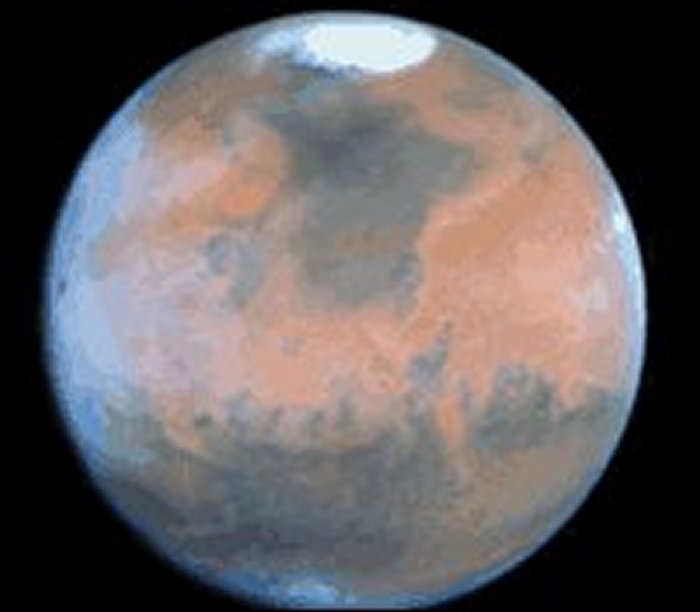
Unlike the other large planets’ celestial shows, which occur near the poles, the light show above the Red Planet manifests around areas of magnetized rock in the planet’s crust.
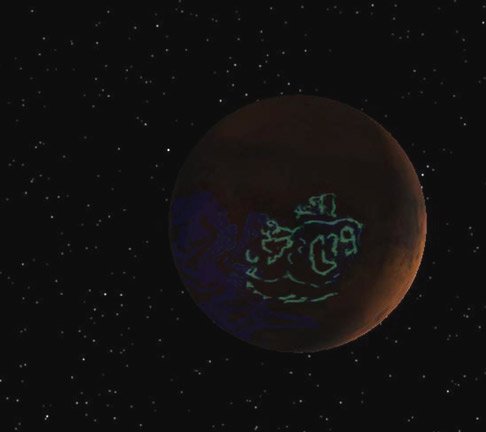
“Mars has no internally generated, planetary-scale magnetic field,” explains Bill Sandel of the University of Arizona. “It has what are called ‘crustal magnetic anomalies’ scattered around the Martian surface, remnants of what presumably was Mars’s planetary-scale magnetic field that was active when the planet was younger.”
The aurora measured some 30 kilometers across and appeared about 130 kilometers above the surface. It corresponds to a distinct type of aurora not seen before in the solar system.
Auroras on Pluto
For the time being nothing can be said about Pluto. Whether it is possible or not to see an aurora on Pluto remains still a mystery.
Auroras on Brown Dwarfs – “Failed Stars”
Brown dwarfs are relatively cool, dim objects that are difficult to detect and hard to classify. They are too massive to be planets, yet possess some planet-like characteristics.
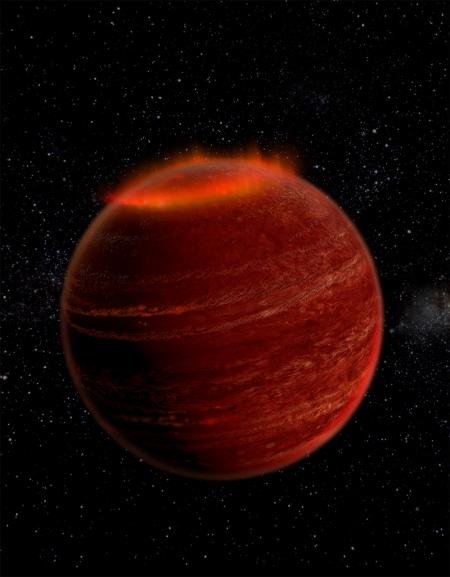
Credit: Chuck Carter and Gregg Hallinan/Caltech
By observing a brown dwarf 20 light-years away using both radio and optical telescopes, a team led by Gregg Hallinan, assistant professor of astronomy at Caltech, has found another feature that makes these so-called failed stars more like supersized planets—they host powerful auroras near their magnetic poles.
See also:
- 5 Beautiful Nebulae – Among The Most Amazing Astronomical Objects In The Night Sky
- Adorable Animation Video Showing How Rosetta And Philae Investigate A Comet
- “Cosmic Archeological Dig” Uncovers The Blueprints Of The Milky Way’s Early Construction Phase
“We’re finding that brown dwarfs are not like small stars in terms of their magnetic activity; they’re like giant planets with hugely powerful auroras,” says Hallinan. “If you were able to stand on the surface of the brown dwarf we observed—something you could never do because of its extremely hot temperatures and crushing surface gravity—you would sometimes be treated to a fantastic light show courtesy of auroras hundreds of thousands of times more powerful than any detected in our solar system.”
When ET watches an aurora
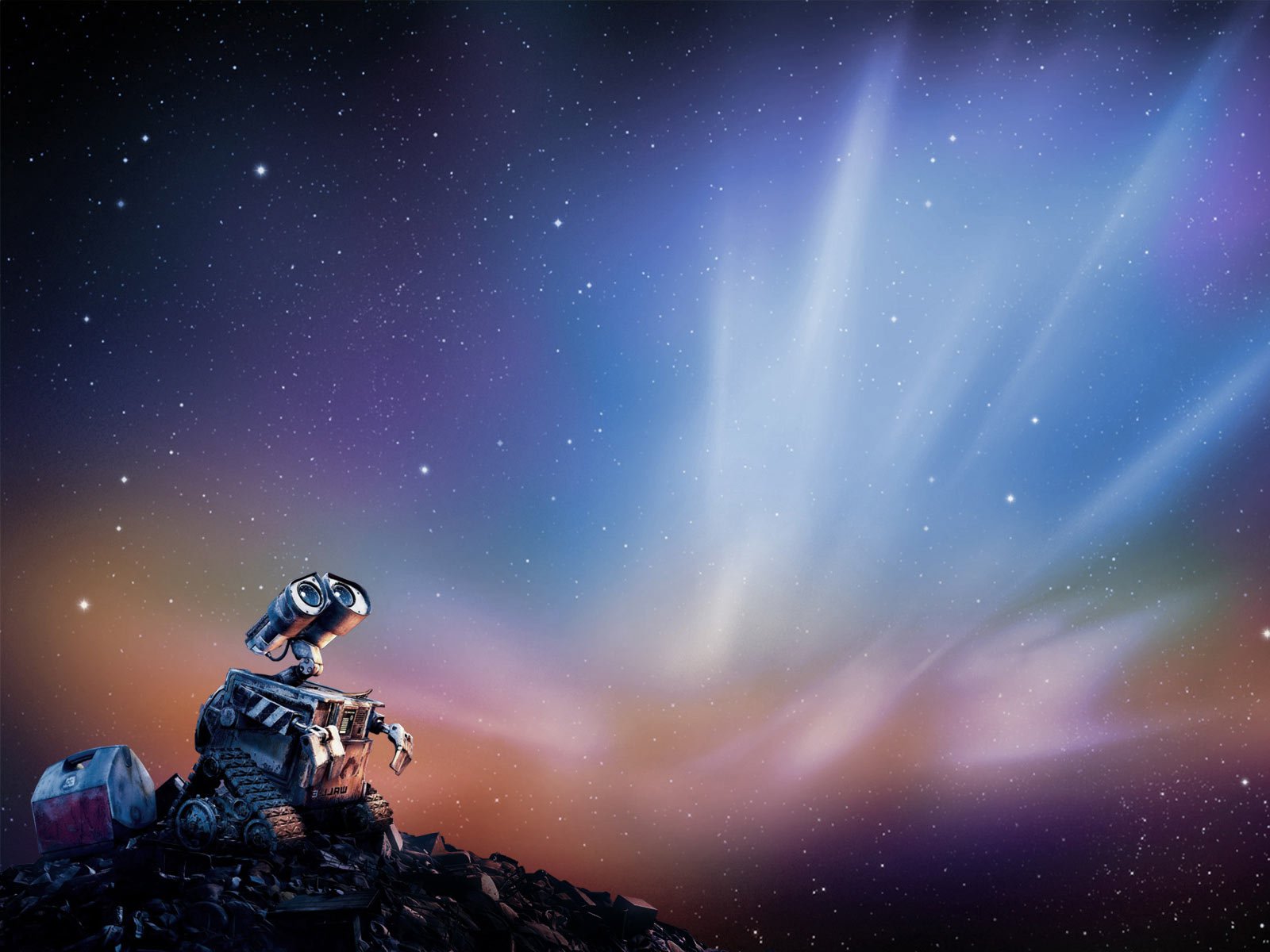
And finally, perhaps this is what it looks like when E.T. is watching an aurora on an alien planet somewhere in the Universe.
Copyright © MessageToEagle.com. All rights reserved. This material may not be published, broadcast, rewritten or redistributed in whole or part without the express written permission of MessageToEagle.com
References:

